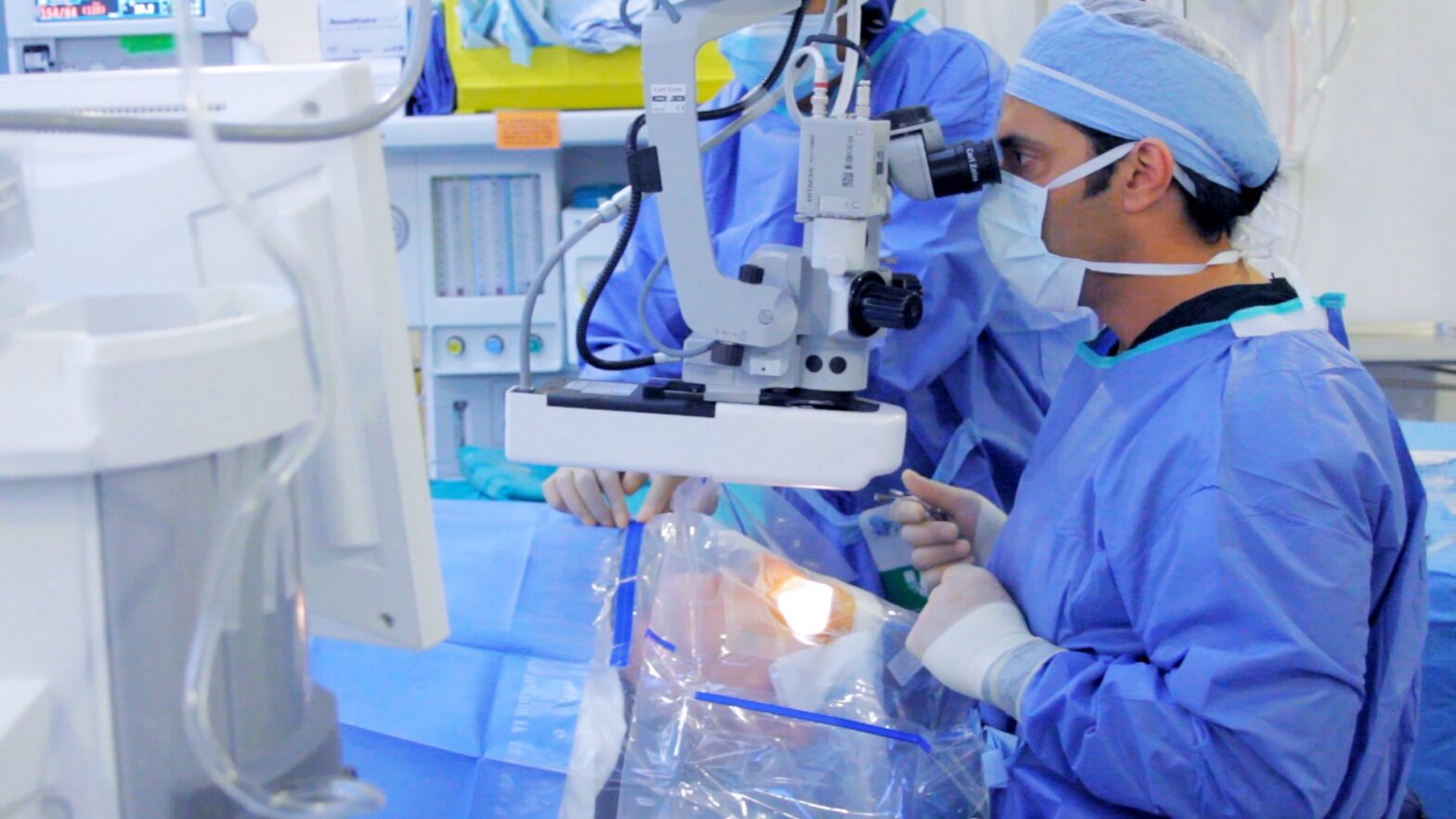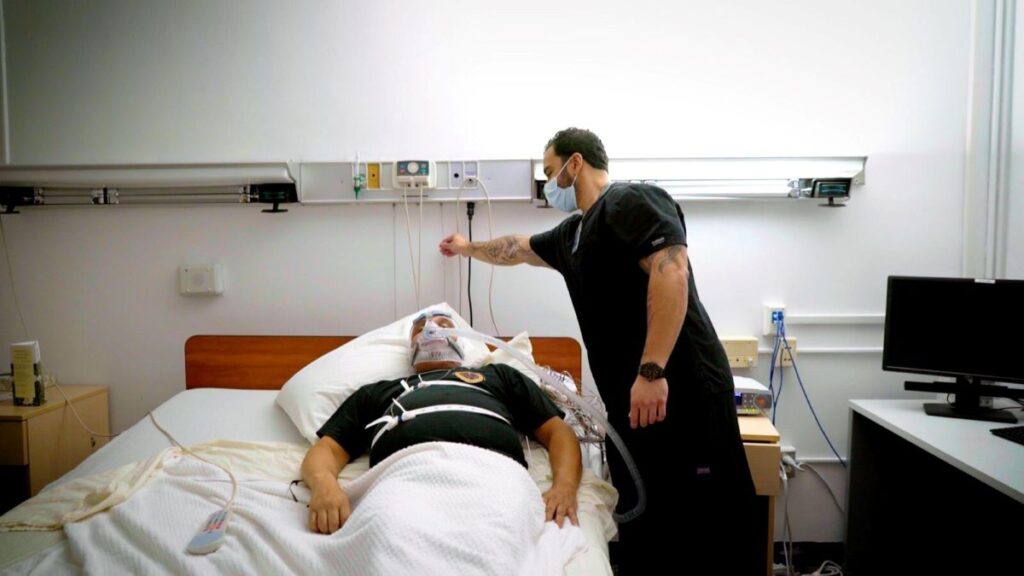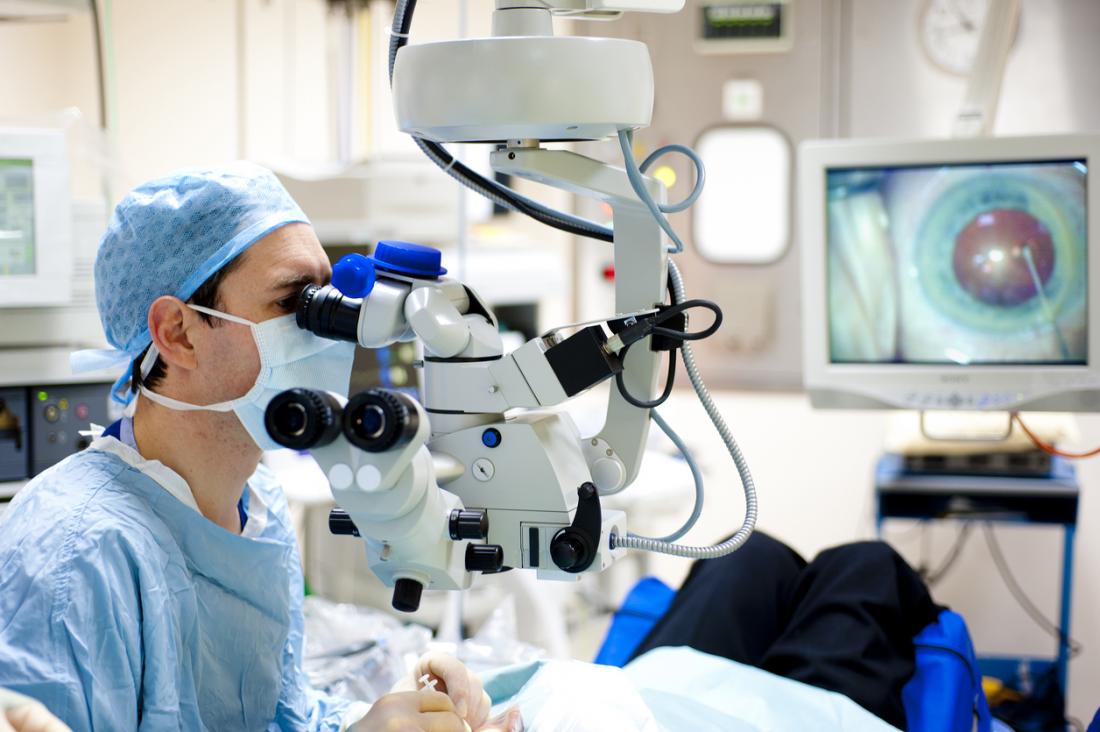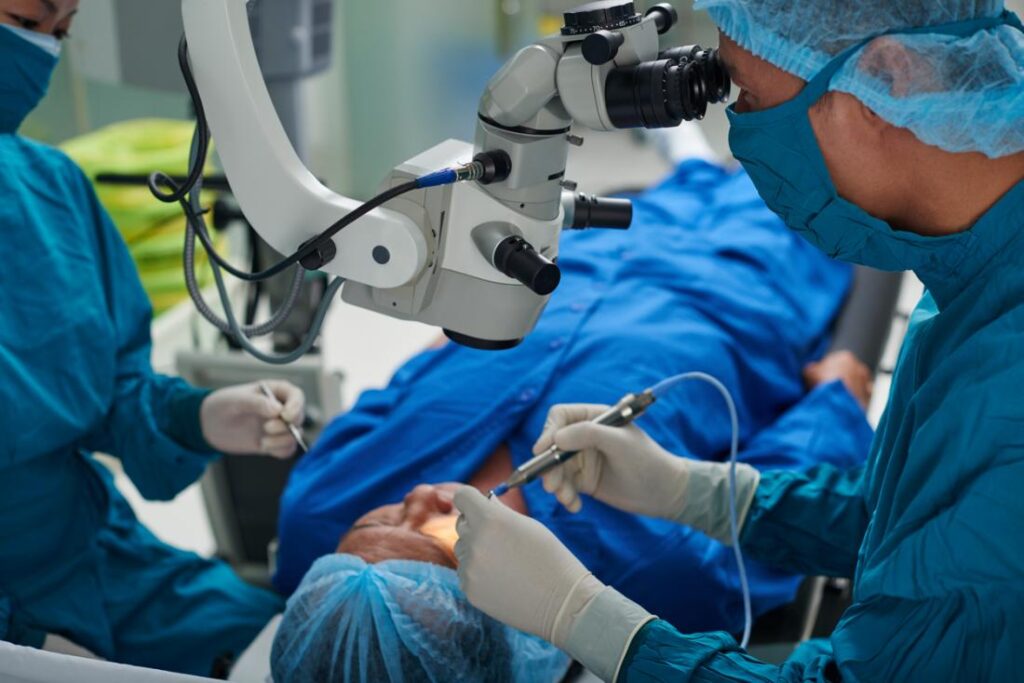Introduction
If you’ve been considering laser eye surgery, you’re not alone. Millions of people worldwide have chosen this life-changing procedure to enjoy clearer vision without relying on glasses or contact lenses. But before taking the leap, it’s important to understand exactly what to expect before, during, and after the procedure.
In this comprehensive 2025 guide, we’ll walk you through every stage of the laser eye treatment journey — from your first consultation to full recovery — so you can feel confident and prepared every step of the way.
What Is Laser Eye Surgery?
Laser eye surgery is a precise vision correction procedure that reshapes the cornea using advanced laser technology. This helps light focus properly on the retina, improving conditions like nearsightedness, farsightedness, and astigmatism.
There are several types of laser eye procedures available today:
1. LASIK (Laser-Assisted In Situ Keratomileusis)
The most popular form of laser eye surgery, LASIK involves creating a thin flap in the cornea, reshaping the underlying tissue with a laser, and repositioning the flap. Recovery is fast, and most patients notice improved vision within 24 hours.
2. PRK (Photorefractive Keratectomy)
PRK doesn’t involve creating a flap. Instead, the outer layer of the cornea is removed before reshaping the tissue. It’s ideal for people with thinner corneas but comes with a slightly longer recovery period.
3. SMILE (Small Incision Lenticule Extraction)
A newer option, SMILE uses a small incision and laser to remove a tiny piece of corneal tissue. It’s minimally invasive, offers quick healing, and causes less dryness.
Before Laser Eye Surgery: The Preparation Stage
Before undergoing laser eye treatment, your surgeon will perform a detailed eye examination to determine if you’re a suitable candidate.
Eligibility Criteria
You may qualify if:
- You’re at least 18 years old.
- Your vision prescription has been stable for at least a year.
- You don’t have any major eye diseases, such as glaucoma or severe dry eyes.
- Your corneas are thick enough for the procedure.
Pre-Surgery Consultation
During your consultation, your ophthalmologist will:
- Measure your corneal thickness and shape.
- Review your medical and eye history.
- Discuss which type of laser eye surgery (LASIK, PRK, or SMILE) suits your eyes best.
You’ll also get a chance to ask questions about the procedure, expected outcomes, and recovery.
Before the Day of Surgery
- Avoid wearing contact lenses for 3–7 days (depending on the type).
- Don’t wear makeup, perfumes, or lotions on the day of surgery.
- Arrange for someone to drive you home afterward, as you won’t be able to drive immediately.
During Laser Eye Surgery: The Procedure Explained
One of the biggest concerns people have is what happens during laser eye surgery. The good news is — it’s quick, painless, and typically completed within 15–30 minutes for both eyes.
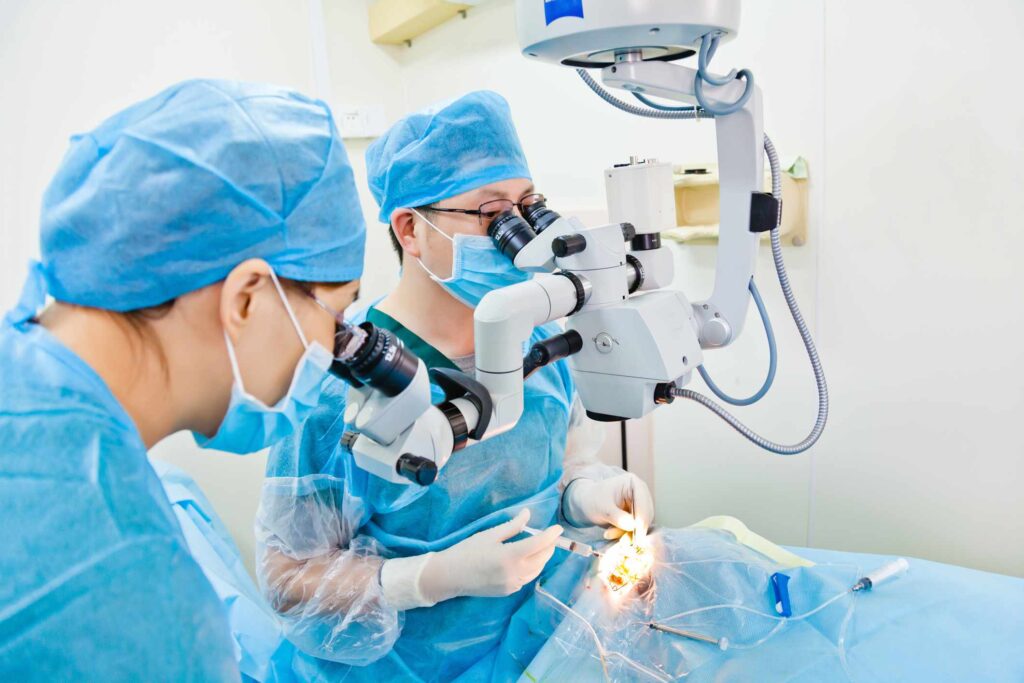
Step-by-Step Process
- Numbing the Eyes:
Your surgeon applies anesthetic drops to ensure you feel no pain. - Creating a Corneal Opening:
- In LASIK, a tiny flap is created.
- In PRK, the outer layer of the cornea is gently removed.
- In SMILE, a laser makes a small incision to remove corneal tissue.
- Reshaping the Cornea:
A precise laser reshapes the corneal surface to correct your vision. - Finishing the Procedure:
The flap (if made) is repositioned naturally, and your eyes are covered with protective shields.
Most patients notice clearer vision almost immediately, though full results develop over several days.
After Laser Eye Surgery: Recovery and Care
Your recovery experience will vary depending on the procedure type, but following post-operative instructions is key to optimal healing.
Immediate Post-Surgery
- You may experience mild burning, itching, or watery eyes for a few hours.
- Avoid rubbing your eyes.
- Rest your eyes and keep them closed as much as possible.
First 24–48 Hours
- Your vision may fluctuate slightly.
- Use prescribed eye drops to prevent infection and dryness.
- Avoid bright light and digital screens for long periods.
Long-Term Recovery Tips
- Attend all follow-up appointments.
- Avoid swimming or makeup for at least a week.
- Wear sunglasses to protect your eyes from UV light.
- Most patients can resume normal activities within 2–3 days after LASIK and about a week after PRK or SMILE.
Benefits of Laser Eye Surgery
- Instant Vision Improvement: Many patients achieve 20/20 vision or better.
- Freedom from Glasses: Enjoy clearer vision during sports, travel, or daily activities.
- High Success Rate: Over 95% of patients report satisfaction.
- Long-Term Results: Most enjoy stable, lasting vision correction.
Potential Risks and Side Effects
While modern laser eye surgery is extremely safe, minor side effects can occur:
- Temporary dry eyes.
- Light sensitivity or halos at night.
- Fluctuating vision during recovery.
Severe complications are rare when performed by experienced surgeons.
Laser Eye Surgery Cost in 2025
In 2025, the average cost of laser eye surgery in Australia ranges from $2,200 to $3,500 per eye, depending on the type (LASIK, PRK, or SMILE) and clinic technology. Some providers offer payment plans or interest-free financing, making it more accessible than ever.
Long-Term Eye Care After Surgery
Even after a successful vision correction procedure, maintaining healthy eyesight is essential:
- Schedule yearly eye exams.
- Stay hydrated and maintain a balanced diet rich in omega-3s.
- Use lubricating eye drops if dryness persists.
- Protect your eyes from prolonged screen time and UV exposure.
Conclusion
Laser eye surgery is one of the safest and most transformative procedures available in modern medicine. Knowing what to expect before, during, and after the process helps you make an informed, confident decision.
Whether you choose LASIK, PRK, or SMILE, consulting a trusted ophthalmologist is the best first step toward a life with crystal-clear vision and renewed confidence.
FAQS
Most patients can resume daily activities within 1–2 days after LASIK and about a week after PRK. However, avoid strenuous exercise, swimming, or makeup for at least a week to allow proper healing. Always follow your surgeon’s post-op care plan.
Yes, both eyes are typically treated during the same session. The procedure is fast and safe, allowing you to recover simultaneously. Some surgeons may prefer separate sessions for medical reasons, depending on your eye health.
Yes, natural aging can still affect your eyesight. Conditions like presbyopia (age-related reading difficulty) may develop later in life, but laser eye surgery does not accelerate this process. Regular eye exams are key.
No. You’ll need someone to drive you home as your vision may be blurry for a few hours post-surgery. Most patients can safely drive within 24–48 hours, depending on the procedure and recovery rate.
